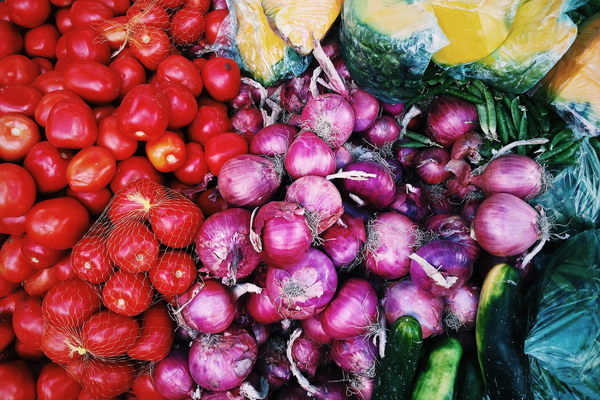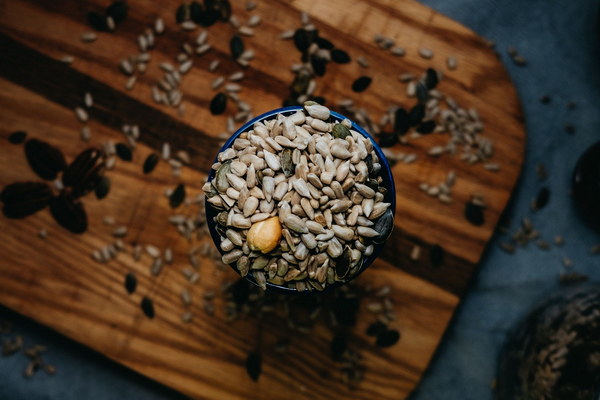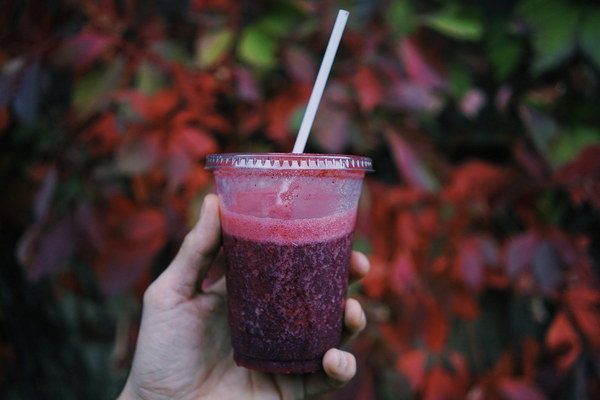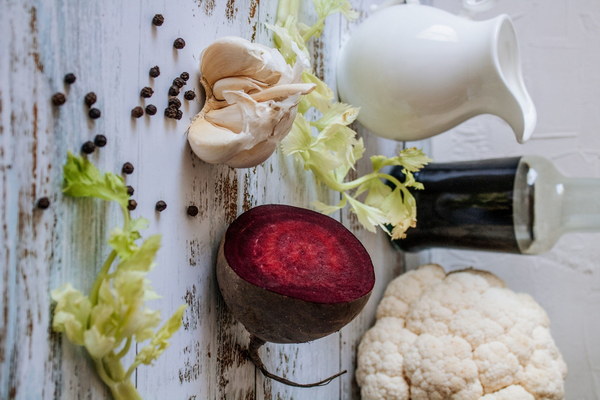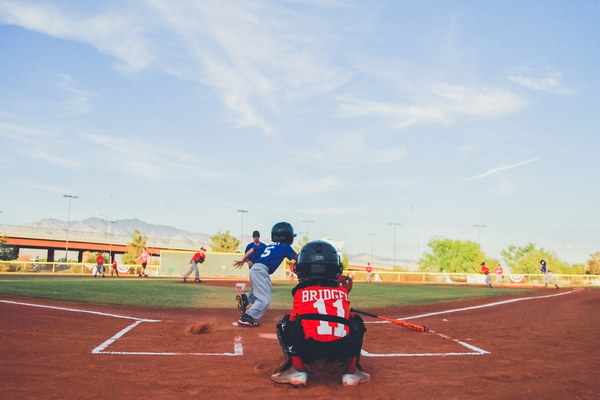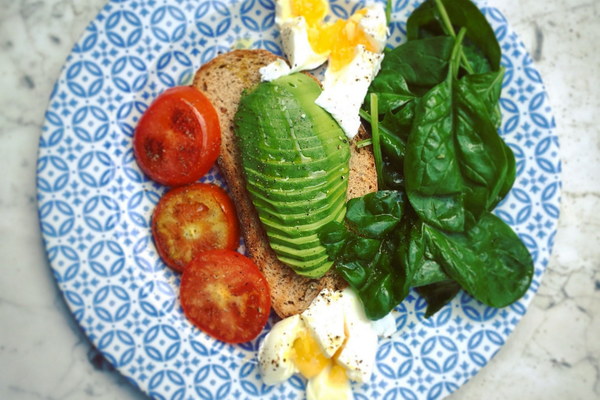Cement Stabilized Gravel How to Conduct Proper Curing Practices
Cement stabilized gravel is a popular material used in the construction industry for various applications, such as road bases, embankments, and sub-bases. The quality and durability of this material largely depend on the curing process. Proper curing ensures that the cement hydration reaction is complete, leading to a stronger, more stable product. This article aims to provide insights into how to conduct proper curing practices for cement stabilized gravel.
I. Introduction to Curing
Curing is the process of maintaining the moisture content and temperature of the cement stabilized gravel mixture during the early stages of hydration. This is crucial as it allows the cement to set and harden, ensuring the long-term strength and durability of the material. Effective curing techniques help to minimize cracking, reduce shrinkage, and prevent the material from losing strength prematurely.
II. Curing Methods
1. Wet Curing
Wet curing is the most common and effective method for curing cement stabilized gravel. It involves continuously wetting the surface of the gravel mixture with water for an extended period. The moisture content is maintained by sprinkling water regularly or by covering the surface with a wet burlap, plastic sheeting, or geotextile.
a. Sprinkling Water: Sprinkling water is a simple and cost-effective method. It is essential to ensure that the surface remains moist but not saturated. The frequency of watering depends on weather conditions and evaporation rates. In hot and dry weather, the surface should be watered more frequently.
b. Covering with Wet Materials: Using wet burlap, plastic sheeting, or geotextile can help retain moisture and reduce evaporation. These materials should be applied within 24 hours of placing the gravel mixture and kept wet throughout the curing period.
2. Membrane Curing
Membrane curing involves applying a curing membrane to the surface of the gravel mixture. These membranes are usually made of high-quality polyethylene or polypropylene and provide a barrier against moisture loss. Membrane curing is particularly effective in areas with high evaporation rates or when other curing methods are impractical.
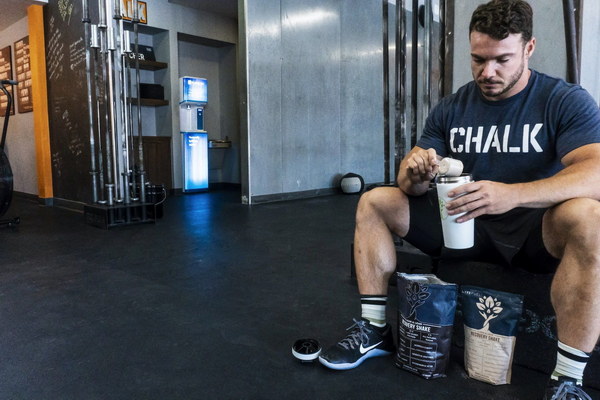
3. Self-Curing Concrete
Self-curing concrete is a type of cement stabilized gravel mixture that contains water-retaining materials, such as superplasticizers or water-repellent admixtures. These materials help to maintain the moisture content of the mixture during the early stages of hydration, reducing the need for external curing methods.
III. Curing Duration
The duration of the curing process for cement stabilized gravel varies depending on factors such as weather conditions, thickness of the material, and cement content. Generally, curing should continue for at least 7 days, but it may be extended to 28 days or more for optimal results.
IV. Temperature Considerations
Temperature plays a crucial role in the curing process. The ideal temperature range for curing cement stabilized gravel is between 10°C to 30°C (50°F to 86°F). If the temperature is below 10°C (50°F), curing should be delayed until the temperature rises. High temperatures (above 30°C or 86°F) can accelerate the hydration process but may lead to cracking and reduced strength.
V. Monitoring Curing
Regular monitoring of the curing process is essential to ensure that the cement stabilized gravel is achieving the desired results. This can be done by checking the moisture content of the surface, maintaining a consistent temperature, and observing for signs of cracking or other defects.
In conclusion, proper curing is essential for achieving the desired strength and durability of cement stabilized gravel. By employing effective curing methods, maintaining the appropriate duration, and considering temperature factors, contractors can ensure that their projects are built with high-quality materials that meet industry standards.

